Workforce Management Software Overview
All-in-one, cloud-based, and customized to support your HR functions in real-time.
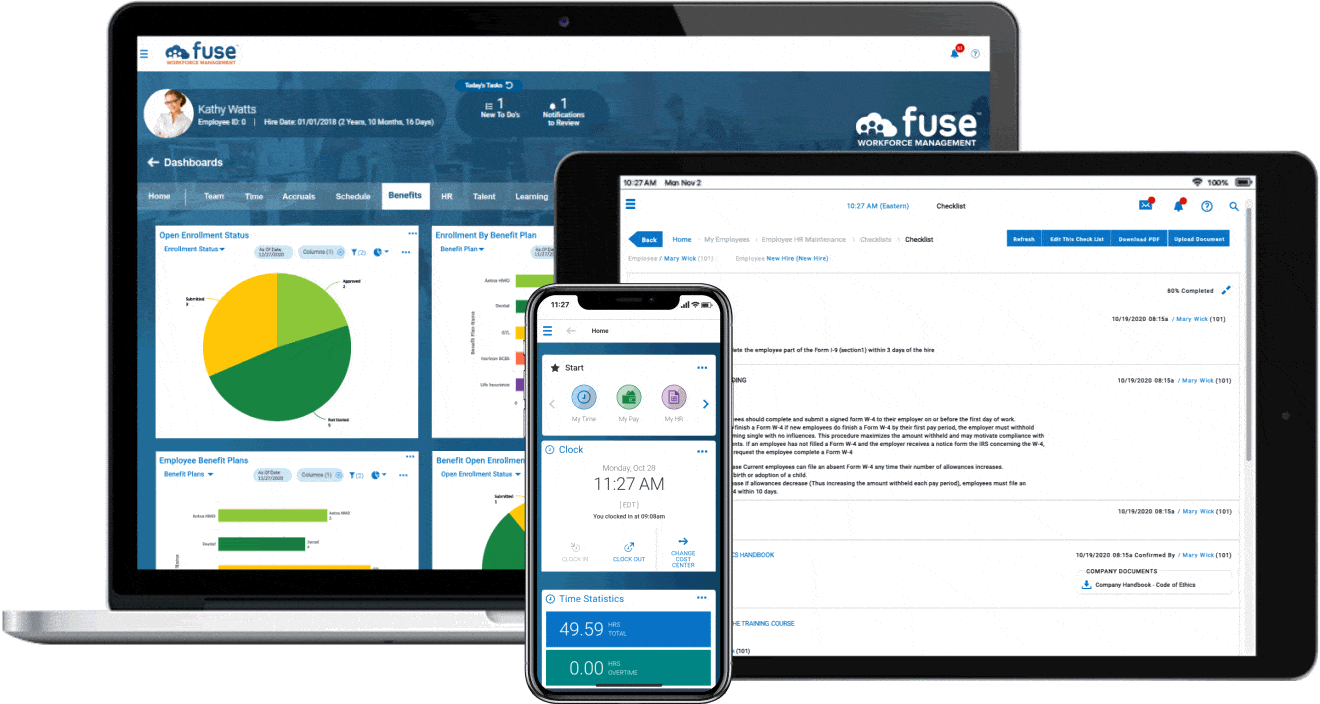
One Comprehensive Platform, With No Hidden Costs and Award-Winning Customer Service
Your workforce is your most valuable asset. Improve productivity, control labor costs, and minimize compliance risk with one unified database packaged neatly in an entire suite of integrated tools.
Streamlined Time and Attendance Management
Manage employee time tracking, scheduling, absences, and leaves with greater efficiency.

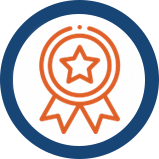
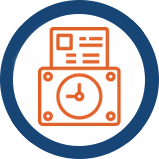
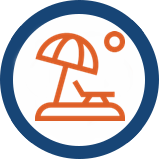
Eliminate Time and Attendance Headaches with Accurate Tracking
Regardless of your employees’ work schedules or Fair Labor Standards Act classifications, the Fuse all-in-one solution accurately tracks all employee hours and absences. Tools for reporting and forecasting also allow you to track labor costs to your budget, so you avoid surprises down the road.
Managing employee time and attendance requires having full visibility into which employees are working and when. It also requires careful tracking of dates for leaves and other absences to avoid overpayments and underpayments. The Fuse time and attendance solution takes the uncertainty out of employee scheduling and time tracking, so you can control labor costs and keep time and attendance activities fair and efficient.
Fully-Integrated Payroll Management
Meet employee expectations for accurate pay and avoid common payroll errors.

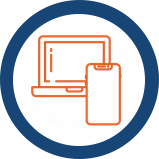

Access Payroll Data in Real-Time and Improve Data-Driven Decision Making
Your payroll process is never static. That’s why it is essential to have a system that gives you full visibility into all payroll actions in real time. Get notified when employees approach overtime limits, take paid or unpaid leaves, or experience other changes in pay.
Effectively managing payroll requires reporting and analytics that allow you to see historical data and identify trends in employee pay. With access to a dynamic dashboard and the ability to create standard and custom reports, you can refine pay rules and track labor costs for future decision-making.
Automated HR Services With A Human Touch
Keep your workforce engaged with tools for managing recruitment, onboarding, benefits, and more.

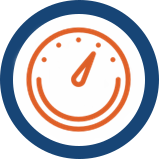
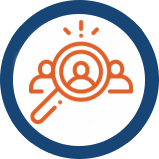
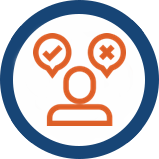
Manage the Entire Employment Lifecycle and Get Back to What Matters Most
The ability to hire and retain the right employees is critical to your business success. Cloud-based workforce management offers an array of automated solutions to help you manage your employees—from hire to retire.
Meeting the needs of your workforce requires having time to develop new programs and initiatives to drive employee performance and engagement. When you have a reliable system for managing HR services, you can spend less time running back and forth on administrative issues and more time on solutions that improve the overall employee experience.